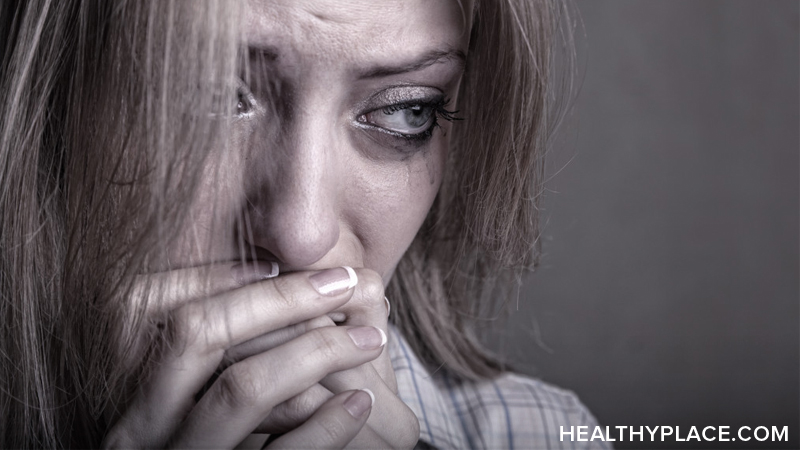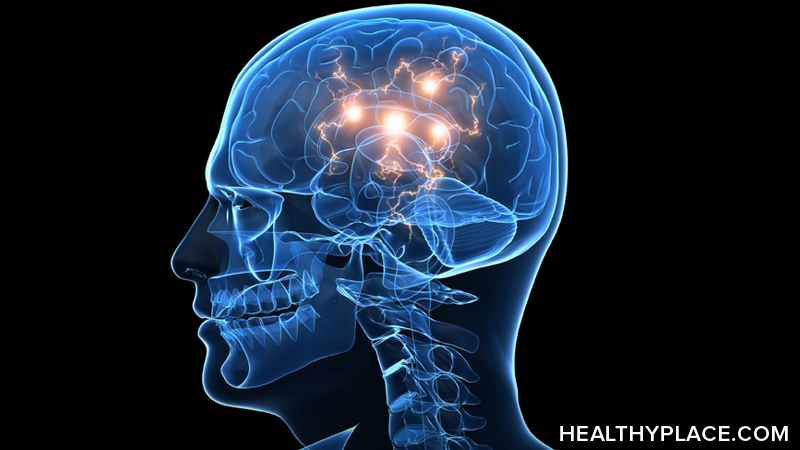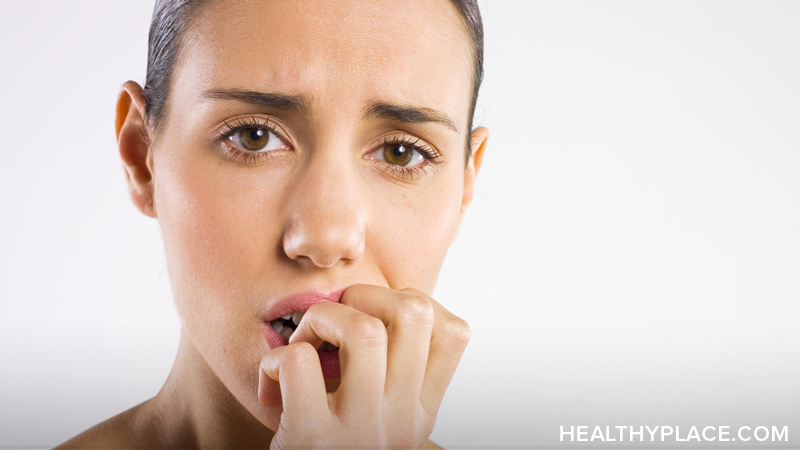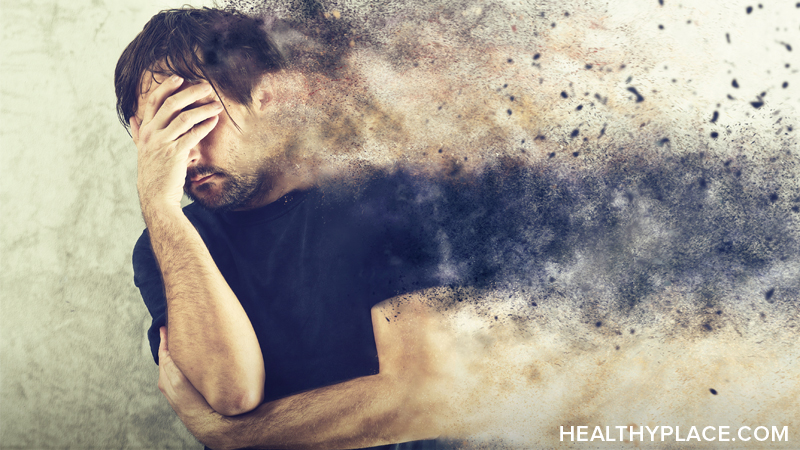What Is an Anxiety Disorder? Anxiety Disorder Definition
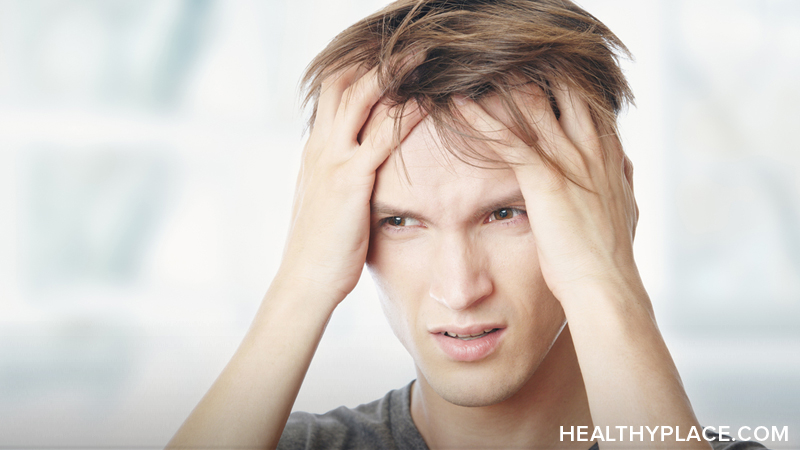
An anxiety disorder is a common mental illness defined by feelings of uneasiness, worry and fear. While anxiety occurs for everyone sometimes, a person with an anxiety disorder feels an inappropriate amount of anxiety more often than is reasonable. For example, an average individual may feel some anxiety before going to a dentist appointment but a person with anxiety disorder may feel anxiety every time they leave their home.
Many people with an anxiety disorder do not realize they have a defined, treatable disorder and so anxiety disorders are thought to be underdiagnosed conditions. (Take our anxiety disorder test)
People with an anxiety disorder often have co-occurring mental health problems, such as depression, and this can increase serious risks like suicide. Often severe anxiety disorder symptoms and panic attacks are a warning sign and increase the risk of suicide.
What are Anxiety Disorders Symptoms?
Specific symptoms vary by type of anxiety disorder, but typically, anxiety disorders are defined by:
- Feelings of being on edge or restlessness
- Feelings of being fearful or powerless
- Physical symptoms such as muscle tension, sweating or heart palpitations
- A sense of doom or impending danger
- Difficulty concentrating or mind going blank
- Irritability
- Sleep disturbances
The definition of an anxiety disorder also includes an impairment of day-to-day functioning. A person with an anxiety disorder often experiences a significantly reduced quality of life and anxiety disorders are associated with possibly fatal heart conditions.
Types of Anxiety Disorders
Several types of anxiety disorders are identified in the latest version of the Diagnostic and Statistical Manual of Mental Disorders (DSM-IV-TR).1
- Obsessive-compulsive disorder (OCD)
- Generalized anxiety disorder (GAD)
- Panic disorder
- Posttraumatic stress disorder (PTSD)
- Agoraphobia
- Social phobia, also referred to as social anxiety disorder
- Specific phobia (also known as a simple phobia)
- Adjustment disorder with anxious features
- Acute stress disorder
- Substance-induced anxiety disorder
- Anxiety due to a general medical condition
Social phobia is the most common anxiety disorder and typically manifests before the age of 20. Specific, or simple phobias – such as a fear of snakes – are also very common with more than one-in-ten people experiencing a specific phobia in their lifetime.
Anxiety Disorder Treatment
Anxiety disorder treatment is typically in the form of psychotherapy and is sometimes combined with medication. Anxiety disorders often occur with other disorders such a substance use disorder, so anxiety disorder treatment often includes the treatment for those disorders as well. Education about mental illness, anxiety disorders in particular, and lifestyle changes are often crucial to the success of anxiety disorder treatment.
APA Reference
Tracy, N.
(2021, December 21). What Is an Anxiety Disorder? Anxiety Disorder Definition, HealthyPlace. Retrieved
on 2025, April 29 from https://www.healthyplace.com/anxiety-panic/anxiety-disorders/what-is-an-anxiety-disorder-anxiety-disorder-definition

